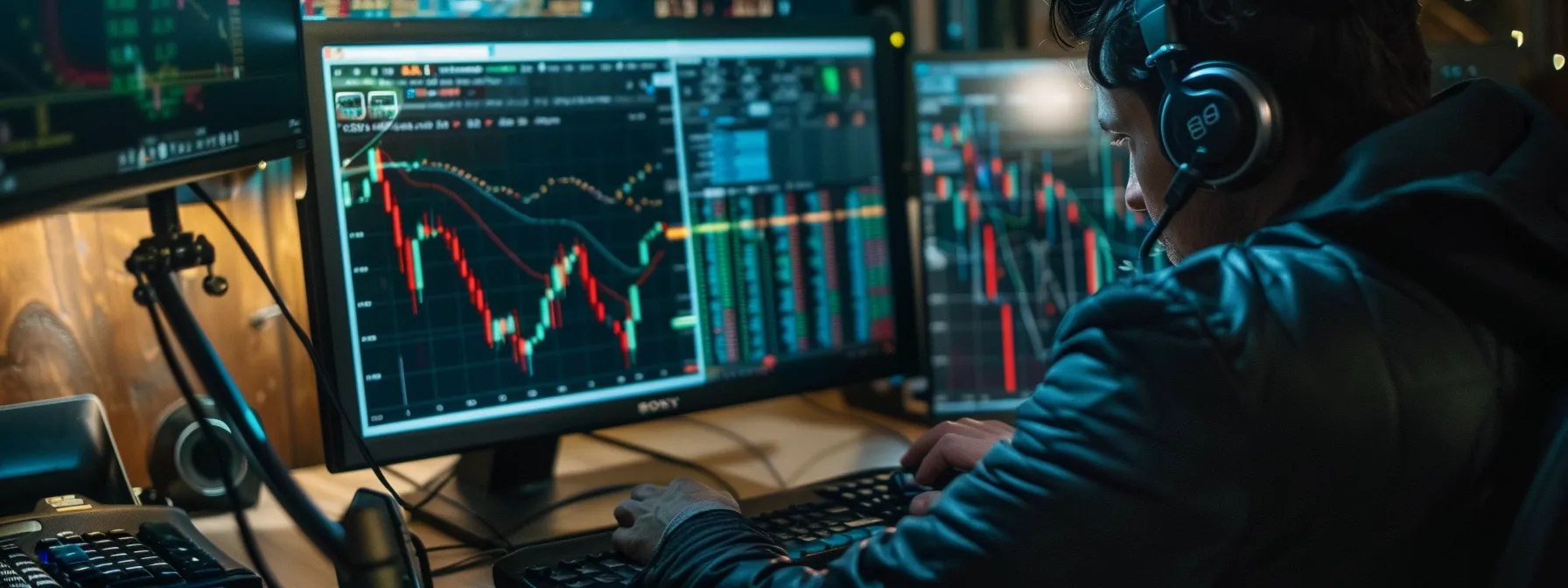Understanding Paper Trading: A Beginner’s Guide
Embarking on the journey of investing can be an exhilarating but intimidating process for newcomers. Mastering the complexities of financial markets takes time, and the risk of losses can be daunting. However, there is a method to learn the ropes without actual financial exposure: paper trading. This virtual simulation of real market trading allows beginners to practice buying and selling assets with no real money at stake. Below, we delve into the world of paper trading, providing insights on how to get started, the benefits, and common pitfalls to avoid.
Exploring the Basics of Paper Trading for Investment Newbies

Paper trading is a beginner-friendly way to learn investing by simulating real market conditions without risking money. It involves creating a virtual portfolio where trades are based on real-time data, helping users understand how stocks, bonds, and other securities work. This risk-free practice simplifies learning market terms like ‘bid,’ ‘ask,’ and ‘spread,’ while offering a hands-on experience of trading strategies such as day trading or long-term investing.
Modern paper trading platforms replicate the trading experience with advanced tools that track pretend profits and losses. Many also provide educational resources to deepen your understanding of the market. By practicing with these simulations, you can build confidence and knowledge before committing real capital.
Benefits of Using Paper Trading as a Risk-Free Learning Tool
Paper trading offers several advantages, including the elimination of financial risk, a psychological aspect, and the refinement of trading techniques and strategies. It provides a risk-free environment for education and experimentation, allowing traders to observe the consequences of their decisions without real-world repercussions. It also helps in understanding and managing emotions, which are crucial for successful trading.
Paper trading also allows for the testing of various methodologies, such as technical analysis and fundamental analysis, to determine the best trading style. Many paper trading platforms come equipped with real-time market data and advanced analysis tools, providing valuable knowledge about market trends, economic indicators, and chart-based trading signals.
How to Set Up a Paper Trading Account and Start Practicing
To set up a paper trading account, research online platforms or brokerage simulators with user-friendly interfaces, real-time data, and comprehensive educational resources. Create an account and download software or use a web-based service. Customize parameters like starting virtual balance, aiming for a realistic representation of future investments. Familiarize yourself with the platform’s tools and features, using tutorials or demo modes to enhance your understanding.
Define trading objectives and a plan, including securities and risk management approach. Execute trades based on your strategy and track transactions and outcomes. Regularly review your performance and adjust your strategy as needed to refine your skills and build confidence. This process will help you understand the platform and its capabilities.
Key Strategies to Maximize the Learning Experience with Paper Trading

To maximize the benefits of paper trading, treat the process as if it were real by keeping a trading journal and documenting your decision-making process for each trade. This will provide valuable insights into your evolving strategy and areas requiring further study. It’s crucial to be realistic with your trades and strategies, avoiding wild risks just because there’s no money on the line.
Sticking to strategies you’ll likely adopt with real capital is vital. Paper trading allows you to familiarize yourself with different market scenarios, such as bullish, bearish, or neutral, which can be invaluable when faced with various market situations in live trading. Setting clear goals and benchmarks for your paper trading experience helps focus your study and provide a clear path for your educational trading journey.
Common Mistakes to Avoid as a Beginner in Paper Trading
Beginners often make mistakes when attempting paper trading, such as overlooking the importance of real-world figures and following investment amounts. This can make the transition to real trading more challenging. It’s crucial to treat each virtual dollar as a real one and imagine your trades as part of your financial livelihood. It’s also essential to avoid jumping to live trading too soon, as patience is crucial in the world of investing.
Use paper trading to fully develop your strategy and feel confident in your understanding of the markets and the emotional and psychological demands of trading. Not utilizing all the features your platform offers, such as backtesting strategies, real-time news updates, and customizable alerts, can limit your learning and provide a deeper and more authentic trading experience.
Altogether, paper trading represents a critical educational step for any aspiring investor. With the right approach, it can dramatically enhance your market knowledge, trading skills, and confidence before entering real trading scenarios. By taking full advantage of the simulation environment, you’ll set a robust foundation for a successful trading career.










